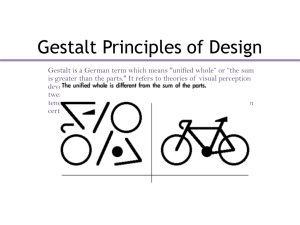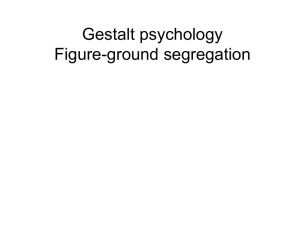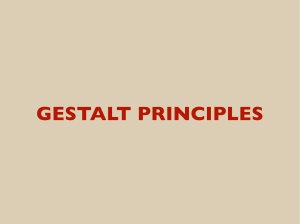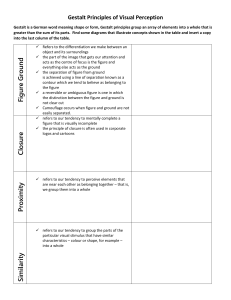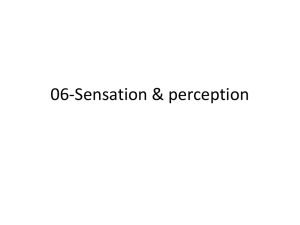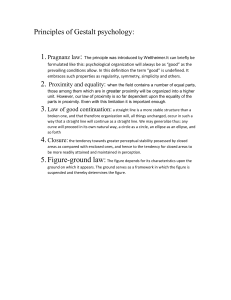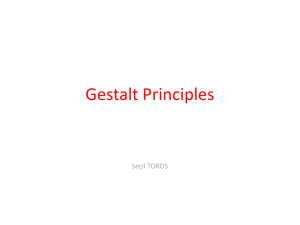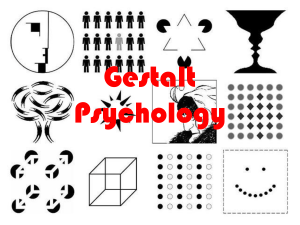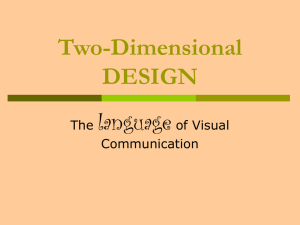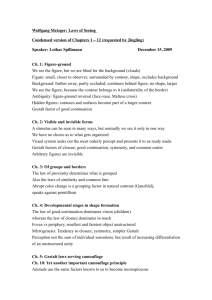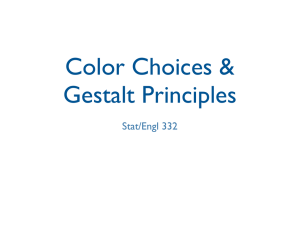Gestalt Principles
advertisement
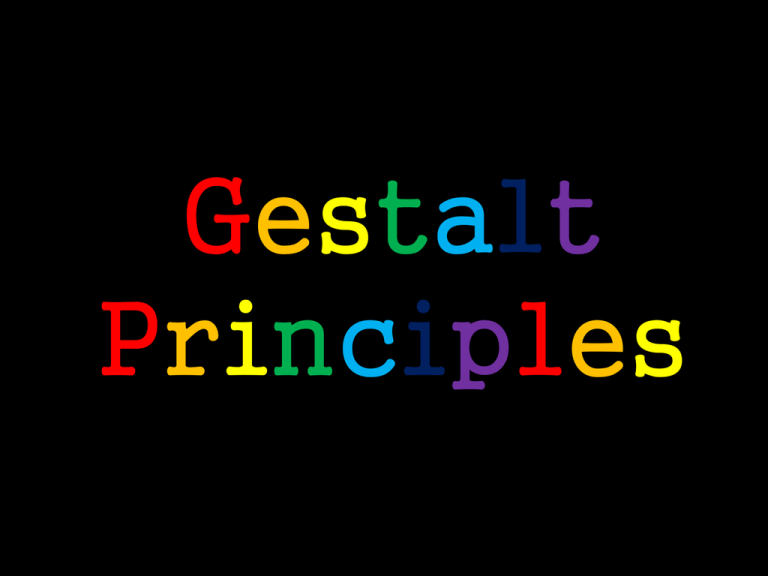
Gestalt Principles What are Gestalt Principles? Gestalt is a term used in Psychology meaning “unified whole”. It was developed by German psychologists in the 1920s. This theory tries to describe how people organize visual elements into groups (unified wholes) when different principles are applied. Closure: Closure is where an object is incomplete or when there’s a space is not completely closed. When enough of the shape is shown we perceive it to be complete. The panda is not complete, but enough of the picture is present for the eye to complete the rest of the picture. Proximity: Proximity refers to how close objects are together. The closer they are to one-another the more likely we are to perceive them as a group. But when they are further apart we see them as being separate. In the first image the squares a placed without proximity and are seen as separate images. But in the second image the squares are placed close together and are seen as a whole image. Figure-Ground: Is when we have the tendency to perceive one aspect of a picture to be the figure or the foreground and the other as the ground or background. This is a picture of only one object but by changing our perspective of figure & ground we can see two. Similarity: Similarity is when objects look similar to each other, people often see them as a group or pattern. In this picture 11 distinct pictures are used to create unity because all of the images have something in common, the triangles at the bottom of the eagle look similar to the triangles of the sun around the image.
